JVC DLA NX5
Retail Price
$3249.99
Lowest Price
$3249.99
Release Date
October 2018
The JVC DLA NX5 projector outperforms the LG projector, which had a limited lens shift and inferior black levels compared to OLED displays. Although slightly more expensive, the pricing difference disappears after setup and payment. Thanks to the Clear Motion Drive and Motion Enhance features that improve image quality and eliminate motion blur, the NX5’s motion performance is comparable to that of the NX7. The projector offers all the resources required for a great watching experience, including 3D support, extensive image and color options, lens changing capabilities, Auto Calibration Function, and ISF C3 mode.
Purchase Links
Overview
- Summary
- Overview
- Recommendation
- Positive
- Negative

Karl Kennedy - PROJECTORTOP

Karl Kennedy - PROJECTORTOP

Karl Kennedy - PROJECTORTOP

Stratos Kampourogiannis - Home Media Entertainment

Stratos Kampourogiannis - Home Media Entertainment

gameroomtheater

Stratos Kampourogiannis - Home Media Entertainment
Pros & Cons
- Cons
- Pros
- Positive
- Negative
Build, Design & Connectivity
- Build - Size
- Bulb
- Buttons
- Connectivity Options
- Controls
- Design
- Dimensions
- Lens Cover
- Lens
- Remote Control
- Screen Size
- Positive
- Negative
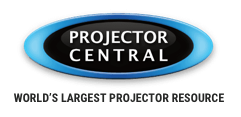
Thomas J. Norton - PROJECTOR CENTRAL

r/projectors

That Home Theater Dude

Stratos Kampourogiannis - Home Media Entertainment

Thomas J. Norton - PROJECTOR CENTRAL

Thomas J. Norton - PROJECTOR CENTRAL

That Home Theater Dude

That Home Theater Dude

Thomas J. Norton - PROJECTOR CENTRAL

Stratos Kampourogiannis - Home Media Entertainment

Thomas J. Norton - PROJECTOR CENTRAL
Display
- Brightness Uniformity
- Brightness
- Color Coverage
- Contrast & Contrast Ratio
- HDR
- Resolution
- Positive
- Negative

Thomas J. Norton - PROJECTOR CENTRAL

Karl Kennedy - PROJECTORTOP

gameroomtheater

Stratos Kampourogiannis - Home Media Entertainment

Dreamedia Home Theater

r/hometheater

That Home Theater Dude

Stratos Kampourogiannis - Home Media Entertainment
Features & Settings
- Auto Calibration Function
- Calibrated Setting
- Default Setting
- Frame Adapt HDR
- Frame Interpolation
- Grayscale Controls
- HDR10 Picture Mode
- Installation Mode
- ISF C3
- Low Latency Mode
- Mechanical Aperture
- Menu
- Multiple Pixel Control
- Picture Modes
- Settings
- Support - Dolby Vision
- Theater Optimizer
- Tone Mapping
- Zoom Lens Light Loss
- Positive
- Negative

Stratos Kampourogiannis - Home Media Entertainment

Thomas J. Norton - PROJECTOR CENTRAL

Thomas J. Norton - PROJECTOR CENTRAL

Thomas J. Norton - PROJECTOR CENTRAL

Stratos Kampourogiannis - Home Media Entertainment

Stratos Kampourogiannis - Home Media Entertainment

Stratos Kampourogiannis - Home Media Entertainment

Thomas J. Norton - PROJECTOR CENTRAL

Dreamedia Home Theater

Stratos Kampourogiannis - Home Media Entertainment

Stratos Kampourogiannis - Home Media Entertainment

Stratos Kampourogiannis - Home Media Entertainment

Thomas J. Norton - PROJECTOR CENTRAL

r/projectors

r/projectors

Thomas J. Norton - PROJECTOR CENTRAL

Thomas J. Norton - PROJECTOR CENTRAL

Thomas J. Norton - PROJECTOR CENTRAL

Karl Kennedy - PROJECTORTOP

Dreamedia Home Theater

gameroomtheater

Dreamedia Home Theater

Stratos Kampourogiannis - Home Media Entertainment

Thomas J. Norton - PROJECTOR CENTRAL
Performance, Setup & Specifications
- Default Position
- Ease of Use
- Fan Noise
- Input Lag
- Motion Performance
- Performance - 1080p - SDR Viewing
- Performance - 3D Viewing
- Performance - 4K UHD/HDR Content
- Performance - Display
- Performance - Full HD/SDR
- Performance - Film: My Fair Lady
- Performance - Projection Quality
- Performance - Viewing
- Projection
- Runtime
- Setup
- Spears & Munsil UHD Benchmark
- Specifications
- Positive
- Negative

Dreamedia Home Theater

Karl Kennedy - PROJECTORTOP

Stratos Kampourogiannis - Home Media Entertainment

Thomas J. Norton - PROJECTOR CENTRAL

Thomas J. Norton - PROJECTOR CENTRAL

Stratos Kampourogiannis - Home Media Entertainment

Thomas J. Norton - PROJECTOR CENTRAL
N/A

Stratos Kampourogiannis - Home Media Entertainment

Thomas J. Norton - PROJECTOR CENTRAL
Comparison
- Comparison vs. Epson & Comparison vs. Sony
- Comparison vs. Optoma UHD 65
- Comparison vs. Sony
- Positive
- Negative

r/hometheater

gameroomtheater

r/hometheater
Price & Value
- Price - Affordability
- Value
- Value - Price
- Positive
- Negative

Stratos Kampourogiannis - Home Media Entertainment

Thomas J. Norton - PROJECTOR CENTRAL
Miscellaneous
- Improvement
- Lack - Features & Hardware
- Variants
- Positive
- Negative

Thomas J. Norton - PROJECTOR CENTRAL

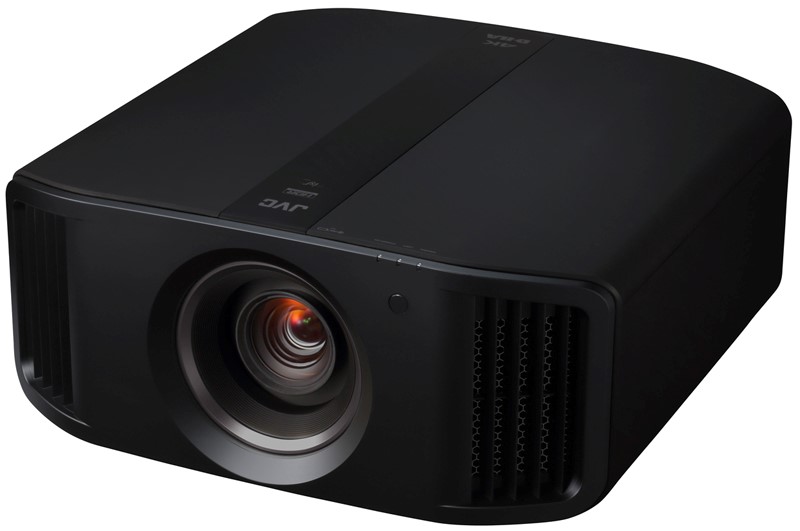
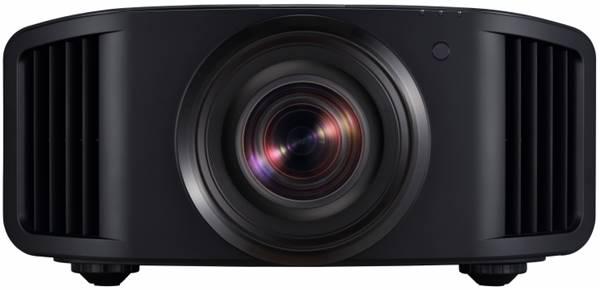
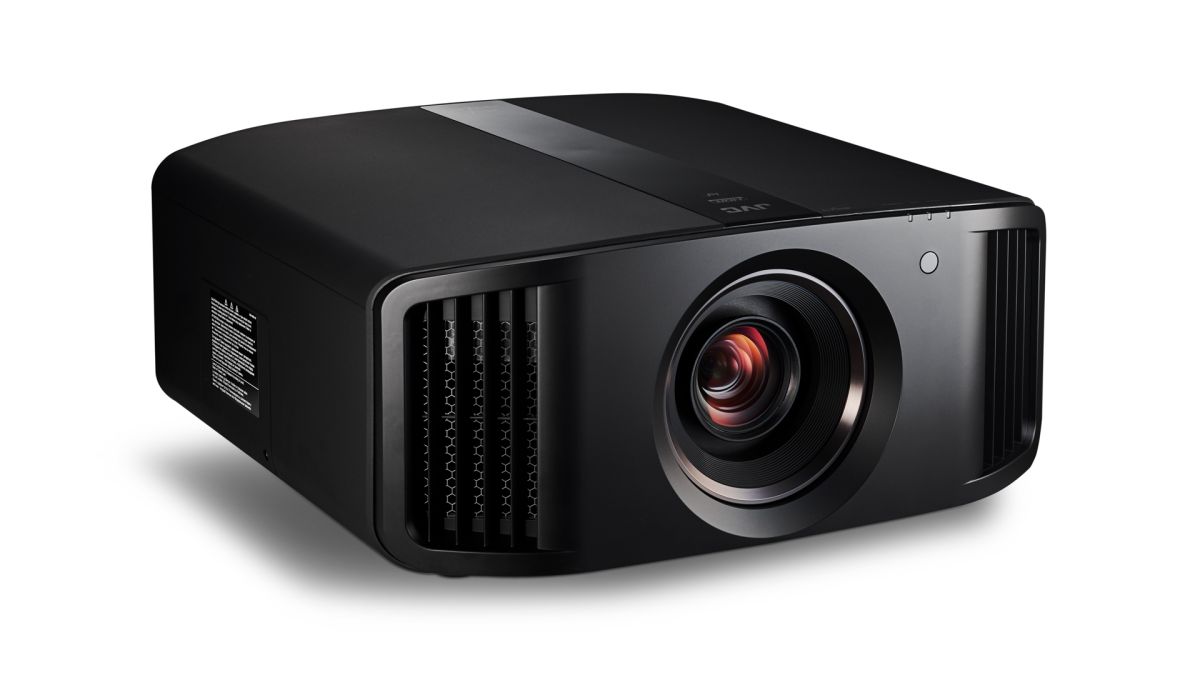

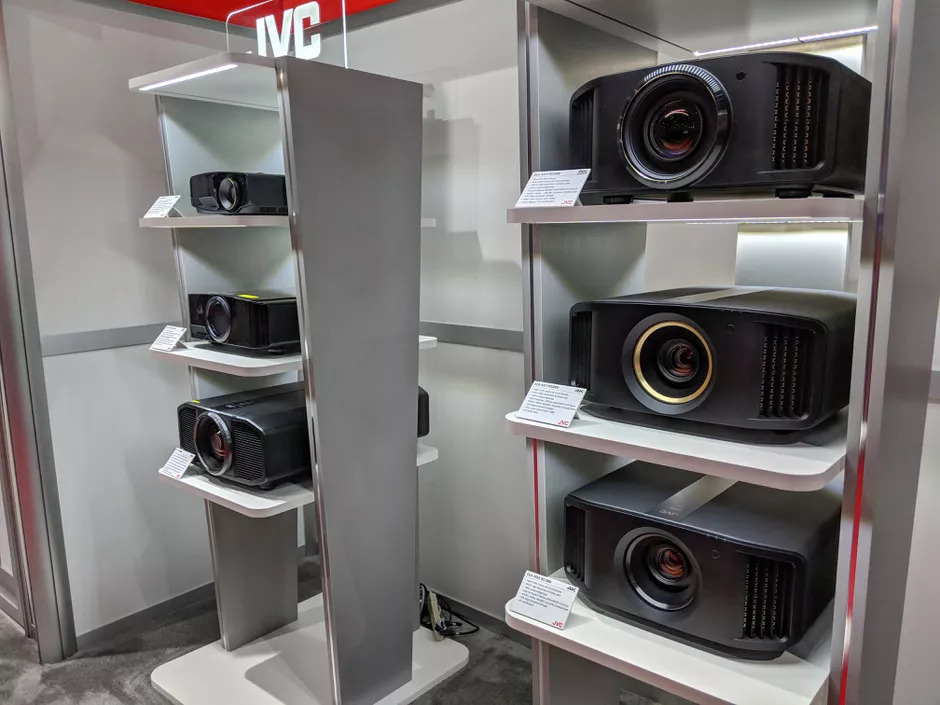
Comments